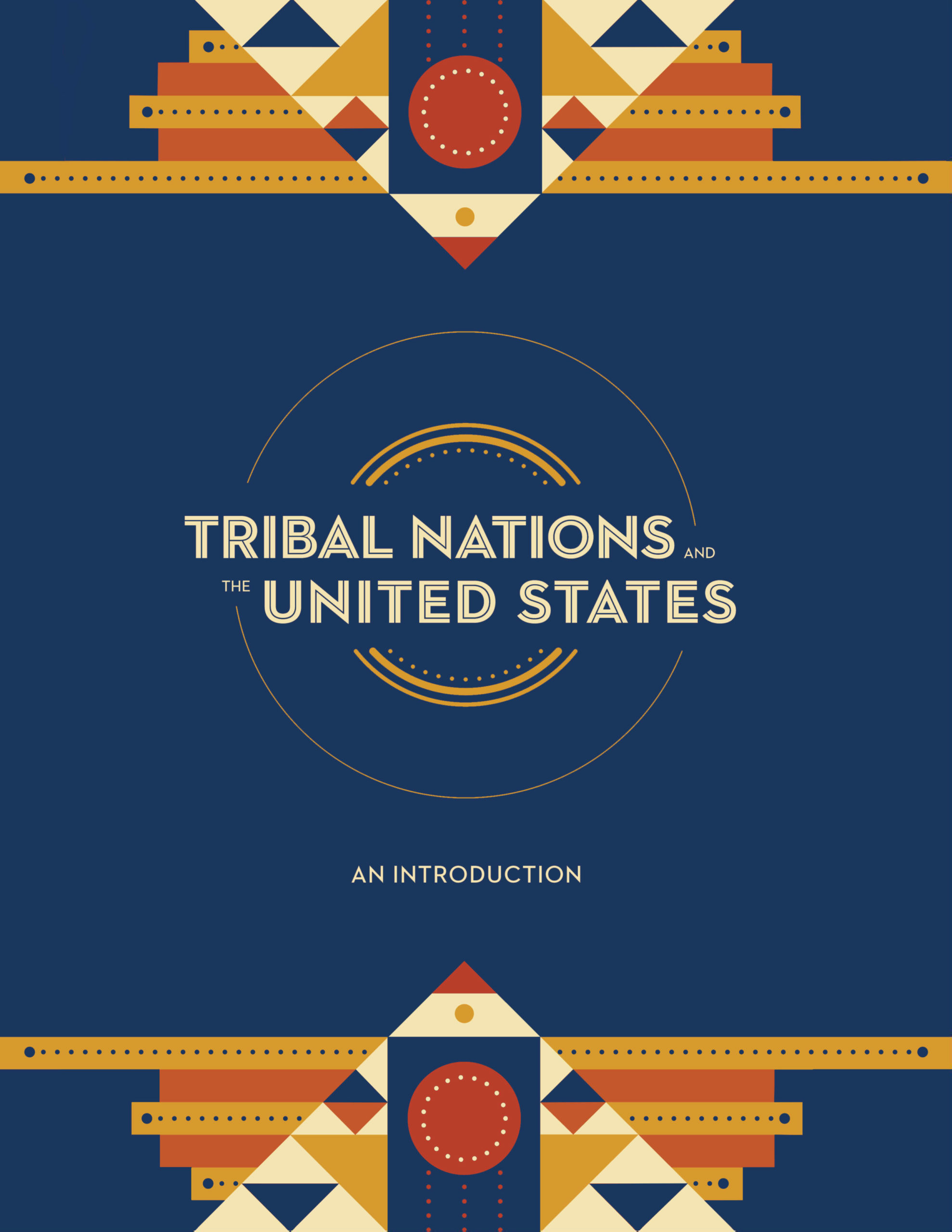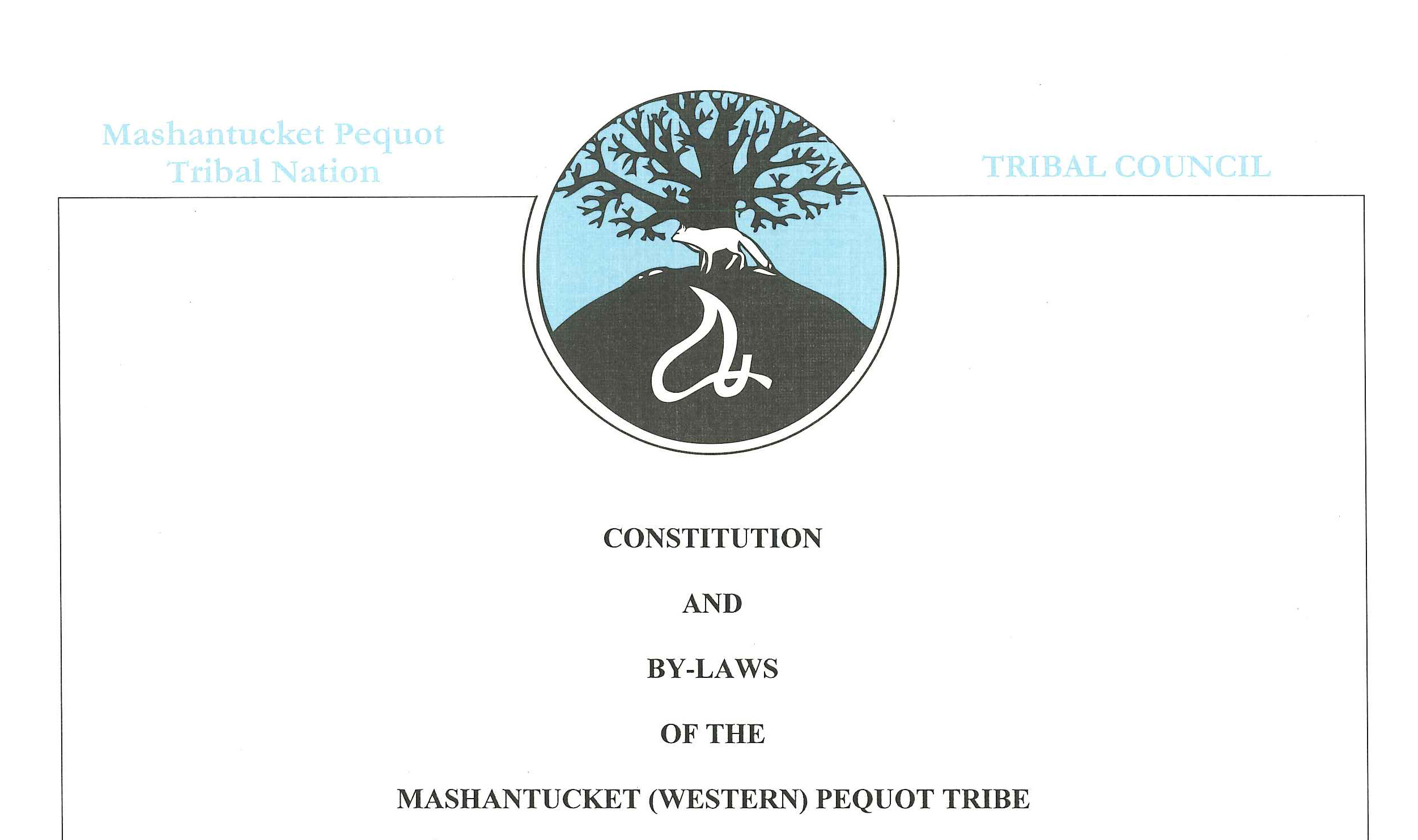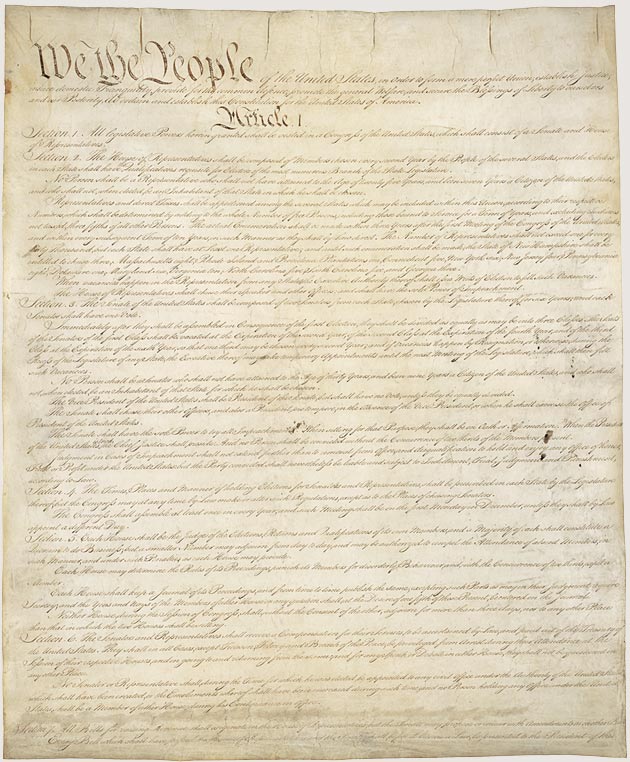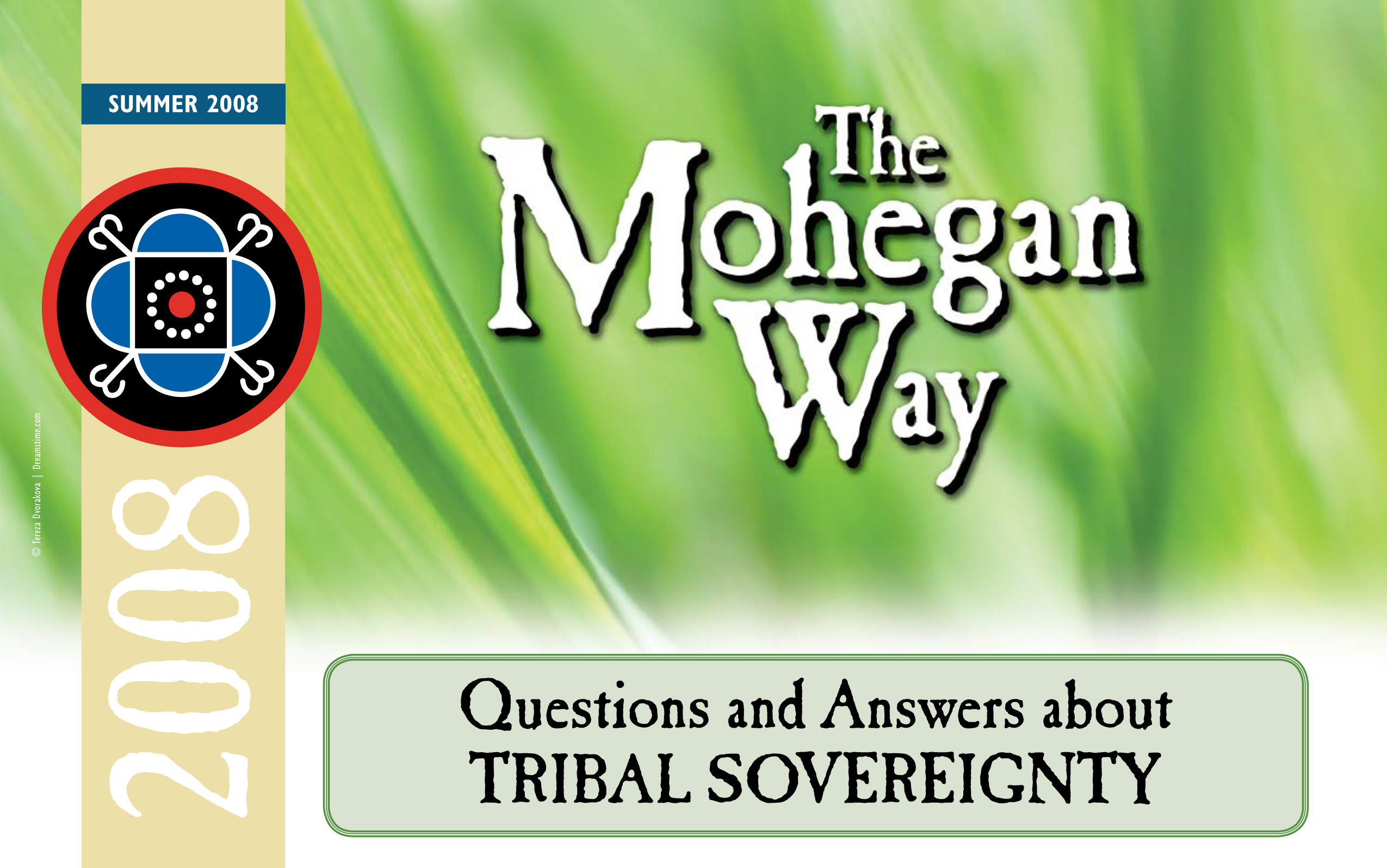endawnis Spears
Akomawt Educational Initiative
TEACHER'S SNAPSHOT
Topics:
Civics, Native/Indigenous Peoples, Politics & Government, Rights & Responsibilities of Citizens
Themes:
Civic Engagement, Civic Virtues, Democratic Principles and the Rule of Law, Rights and Responsibilities of Citizens
Town:
Mashantucket, Uncasville
Grade:
High School
Historical Background
There are 574 federally recognized tribal nations in the United States today. “Federally recognized” means the tribal nation has a government-to-government relationship with the United States. The bedrock of this relationship is tribal sovereignty, the “unique legal and political relationship with American Indians, Alaska Natives, and their Tribal governments” (USDA). Tribal sovereignty is established in the United States Constitution, reaffirmed by hundreds of treaties, and upheld by the United States Supreme Court. Tribal nations enact sovereignty through self-governance, because they are the best equipped to make decisions for the good of their own citizenry. There are two federally recognized tribes in Connecticut: The Mashantucket Pequot Tribal Nation and the Mohegan Tribe. This unit explores tribal sovereignty in Connecticut today.
D1: Potential Compelling Question
D1: POTENTIAL SUPPORTING QUESTIONS
- What is tribal sovereignty?
- Why is tribal sovereignty important?
- What is the relationship between tribal nations and the United States?
D2: TOOL KIT

Excerpts from Tribal Nations and the United States: An Introduction. National Congress of American Indians, updated February 2020. Pages 8-11, 17-19.

Excerpts from the Constitution and By-Laws of the Mashantucket (Western) Pequot Tribe. Preamble and Articles I–VI.

Excerpts from the United States Constitution. Preamble; Article I, sections 2, 3, and 8; Amendment XIV, section 1; and Amendment XXII, section 1.

“Questions and Answers about Tribal Sovereignty” with [now former] Mohegan Chairman Bruce Bozsum. The Mohegan Way, Summer 2008.
D3: INQUIRY ACTIVITY
1. Begin with a discussion of the compelling question: What are some of the characteristics of a nation? In other words, what makes a nation, a nation?
2. Introduce the idea of “tribal sovereignty,” explaining that “sovereignty” means the freedom to self-govern. Federally recognized tribal nations have inherent rights (meaning they are fundamental and natural and cannot be given or taken away) that have been recognized by the United States Constitution, reaffirmed by hundreds of treaties, and upheld by the Supreme Court.
A note on language: In this unit and some of the documents included, students will see the term “Indian” used. The United States government uses the term “Indian” to refer to Native and Indigenous people. It is a legal term; it does not indicate race or culture, but refers to a legal status. It is a catch-all terms for over 574 tribal nations in the United States today.
3. As a class, individually, or in small groups, have students read through excerpts from the NCAI document. Ask students to note what they think are the 5-10 most important ideas or facts found in the reading. To ensure comprehension, you might ask some specific questions, such as:
What alliance did Benjamin Franklin point to as a model for the English colonies in America?
What five areas did most treaties between the United States and the tribal nations cover in the period 1778-1871?
How many federally recognized tribes are located in Connecticut? How many state recognized tribes are located in Connecticut?
4. Next, ask the students to read the excerpts from the Mashantucket Pequot Tribal Constitution and the United States Constitution. What similarities do they find in these sections of the two documents? What differences?
5. Finally, students will read the interview with former Mohegan Chairman Bozsum. What words does Chairman Bozsum use to indicate the importance of tribal sovereignty?
6. Wrap up by revisiting the compelling and supporting questions. You may want to point out to students that sovereign nations have the power to determine geopolitical borders, make laws, form treaties, declare war, and set up systems of governance. Tribal nations have a unique legal relationship with the United States government, referred to as “government to government.” One of the key attributes of this specific relationship is that the United States government has the final say over what happens on federal lands, including those where tribal nations are located. This means that tribal nations can self-govern, but only within the parameters set out by the United States government.
D4: COMMUNICATING CONCLUSIONS
- Students will watch this video (32:18-33:36) of Mohegan Chief Lynn Malerba’s comments on tribal sovereignty. In a written response, students will define tribal sovereignty and explain why tribal leaders consider it an important part of being a good ancestor. Students will also respond to the question, “What does being ‘a good ancestor’ mean to you?”
- Students will explore the Mashantucket Pequot Tribal Nation website, paying particular attention to the “History” and “Government” sections and create a presentation about the tribal government: How is it structured? What are the parts of the tribal government? How is it similar to the United States government? How is it different?
- Students will revisit the interview about tribal sovereignty with former Mohegan Chairman Bruce Bozsum, which was published in a newsletter for Mohegan tribal citizens. If you were to plan a follow up interview with the Chairman and Tribal Council, what would your questions be? What kinds of things do you think the tribal community would want to know more about as citizens of the Mohegan tribe?
ADDITIONAL RESOURCES
Place to GO
Mashantucket Pequot Museum and Research Center, Mashantucket
Tantaquidgeon Museum, Uncasville
Institute for American Indian Studies Museum & Research, Washington
Things To DO
Check out these related educational materials:
Affirming Indigenous Sovereignty: A Civic Inquiry by Sarah B. Shear, Leilani Sabzalian, and Lisa Brown Buchanan
Indian Inspector Reports Learning Resource by Upstander Project
Websites to VISIT
Articles to READ
“What’s in a name? A note on terminology” by Turtle Island Social Studies Collective.
“A Quick Reference Guide to Indigenous Terminology” by Akomawt Educational Initiative.
“What is Settler-Colonialism?” by Amanda Morris. Learning For Justice. January 22, 2019.



